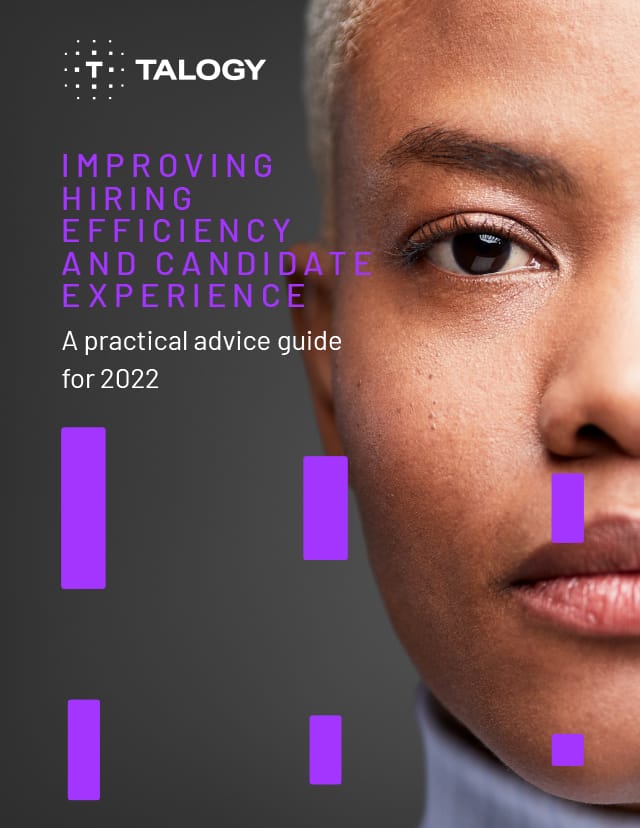Written by Amie Lawrence, Ph.D., Director of Global Innovation
Last week, I published a blog post on why shorter assessments are not the answer to the recruitment challenges posed by today’s competitive labour market. Organisations are concerned about candidate attrition during the selection process; a common concern that we hear from clients is about the length of our employee assessments and the probability of a candidate completing it. Conventional wisdom suggests that assessments, especially long assessments, are perceived unfavourably by candidates and they will not complete the assessment. The purpose of this analysis was to investigate the number of candidates who complete our assessment across a variety of lengths and industries.
To examine this question, we collected data from across 43 unique client organisations and 12 assessments. The clients represented the manufacturing, retail, service, and health-care industries. The number of candidate records examined was 887,110. After analysis, a clear trend emerged in the data: completion rates are high! Candidates who begin assessments finish them, regardless of test length. The following table shows that, in most cases, more than 90% of candidates complete the assessment.

Grouping the assessments into categories helps to frame the results:
- Screening assessments (20-30 mins) have completion rates averaging 97.3%. This completion rate is consistent across industries – manufacturing, service/retail, and health-care.
- The professional/leadership assessments, which are typically longer (45-60 mins) and placed farther down in the recruitment process, also have a high completion rate of around 95%.
- The longer (70 mins), comprehensive entry-level assessments, which are typically positioned at the top of the recruitment funnel, include difficult problem-solving sections and multi-media interactive simulations are still very high, at 89.3%. Some candidates who are only passively interested in a position may drop out at this stage because they are not yet psychologically invested in the position because of this increased demand. This can work in the employer’s favour – if a candidate is not interested in taking a job-related simulation-based assessment, will they be truly interested in the job? Perhaps candidates who may not complete the assessment are self-selecting out of the recruitment process, still achieving the result you are seeking.
Here are a few highlights, to summarise candidate findings:
- When candidates start an assessment, they are highly likely to finish it, regardless of test length.
- All of our assessments have high completion rates.
- Completion rates differ based on comprehensiveness, volume, and placement in the recruitment process.
- The concern that candidates will drop out of a recruitment process once they start an assessment is not supported by the data.




